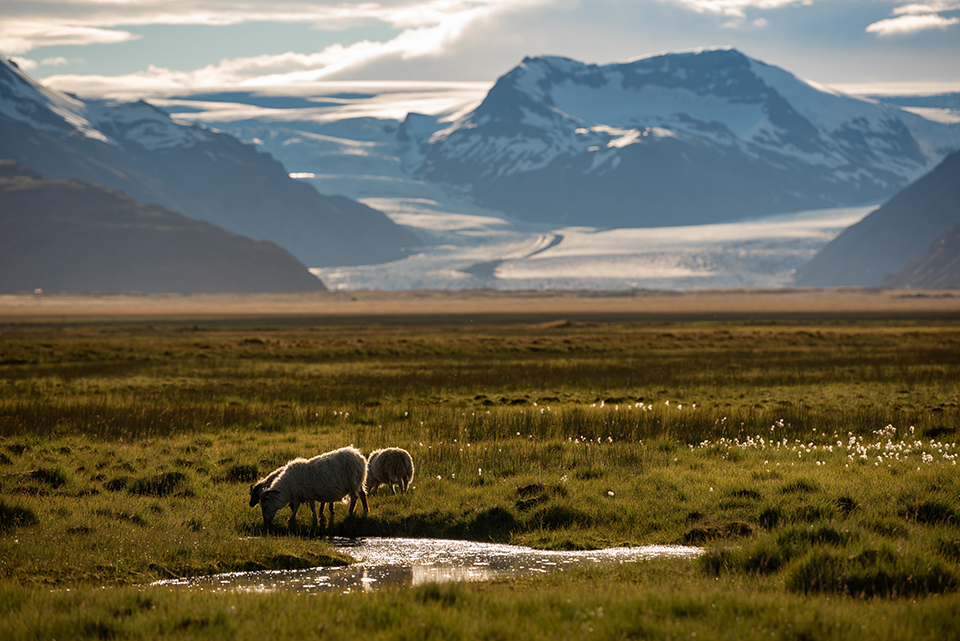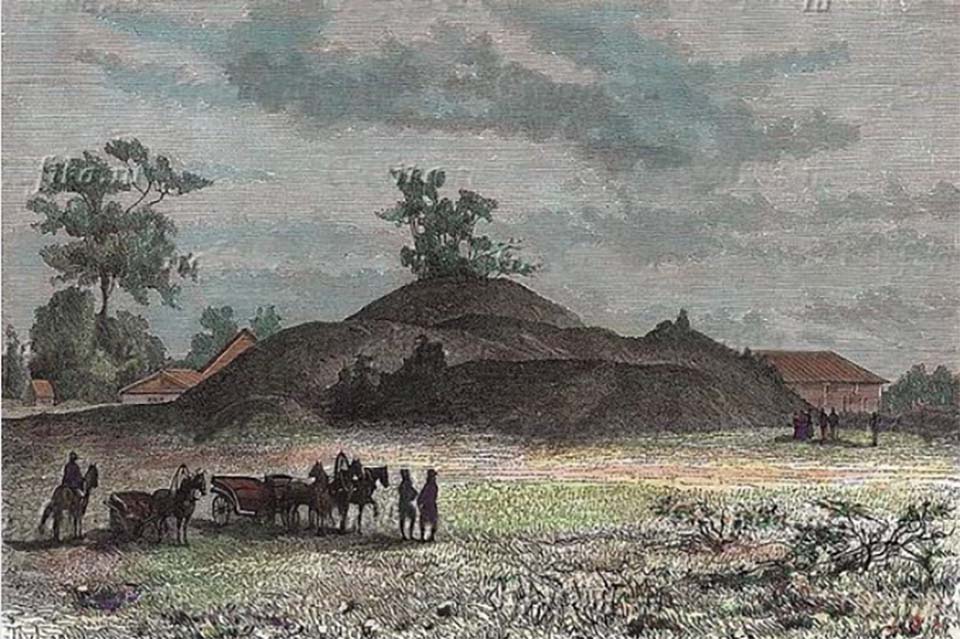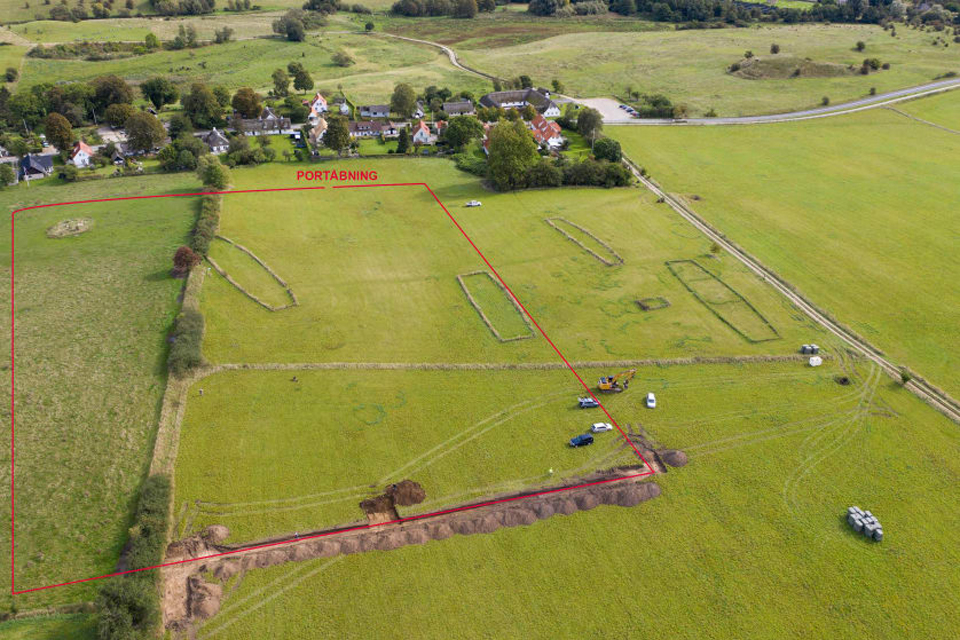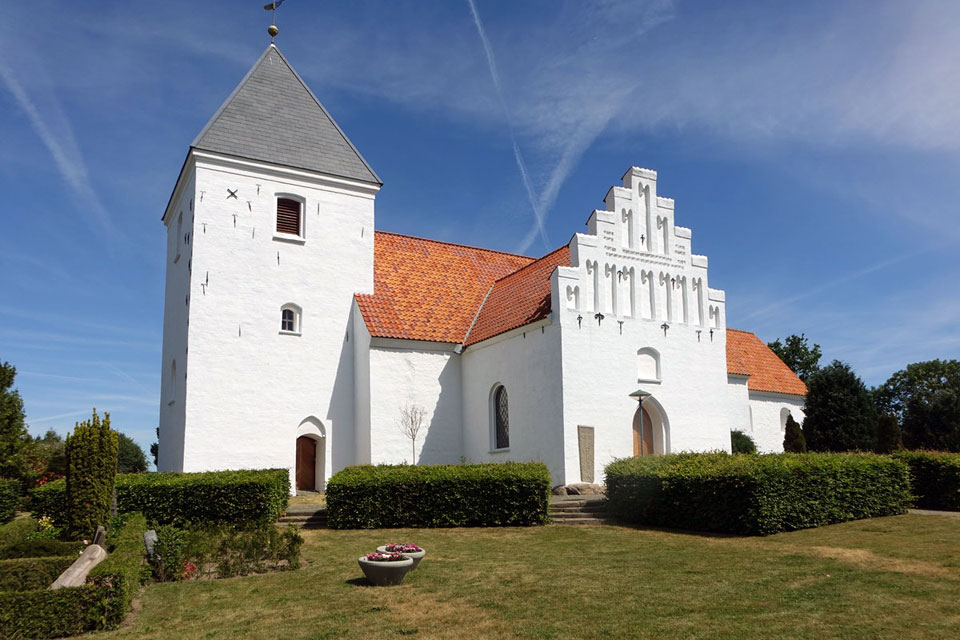The aDNA studies of the Avars, a Mongolian people who settled in the Carpathians in the 6th century, continue to yield new and fascinating insights into the formation of close-knit ethnic groups.


The aDNA studies of the Avars, a Mongolian people who settled in the Carpathians in the 6th century, continue to yield new and fascinating insights into the formation of close-knit ethnic groups.

The medieval town of Rungholt drowned in a storm surge in 1362. Today, it lies submerged in shallow waters outside the Westcoast of Northern Germany. Recent surveys have led to the location of the large and impressive church, which was swept aside in the storm.

In the Old Norse poem “Darraðarljoð” from Njál’s Saga we hear of the Valkyries—Óðin’s female warrior spirits—weaving the cloth of history and deciding the fates of men and nations. New book explores the very real and practical role of women played in the North Atlantic culture and economy

Mikulčice was a Slavic settlement from the 9th century. With the remains of fortifications, a palace, twelve churches, a huge acropolis and extensive suburbs, it continues to yield new insights into the early history of Moravia

Strontium analyses of cremated remains of a Viking and his hound and horse demonstrate he arrived from Norway or Sweden accompanied by his animals.

In the 13th century, Chipping Dassett became the site of a flourishing market town. After the plague, the market declined, and at the end of the 15th century, the place was deserted.

A magnificent Viking burial took place at Chernihiv more than a thousand years ago. Recent studies of the find in the tomb has uncovered an extraordinary new “Viking artefact”

Did climate changes in pre-Viking societies really matter? Did people adapt their agricultural strategies? Or were such changes just registered as temporarily “whacky weather” by the people of the past?

A fine collection of essays celebrates the 850th anniversary of Thomas Becket by delving into the blood, the brain, the footsteps, the ripped remnants of cloth and the light.

Recently, archaeologists from Lund University succeeded in identifying a massive specimen of an Atlantic sturgeon in the womb of a capsized royal ship off the Baltic coast

The great halls at Lejre – by myth linked to the royal dynasty of the Scyldingas , Skjöldungar – continues to amaze. Holding the largest hall ever excavated, the complex was fenced-in by an impressive palisade. Recently the gate was discovered.

Uppåkra in South-Western Sweden presents a remarkable continuity. For more than a thousand years, the place functioned as a cultic, commercial and elite centre.

How widespread was the Justinian Plague in the 6th century? And how devastating? New research indicates a situation much like that of the Later Middle Ages.

1300 bones have been picked to crate order out of chaos in the famous bone caskets in Winchester Cathedral. Next week, one of the results - the skeleton of Emma - will be revealed.

The medieval church in Lisbjerg dates to c. AD 1100 – 1150. However, a predecessor in the form of a wooden stave church was built as part of a fenced manor c. 1000 – 1100.

Scone is best known for the Stone of Scone, also known as the Stone of Destiny or the Stone of Coronation. Less well known is that Scone was the primary ceremonial and legislative gathering place in Scotland. Recently, the results from extensive archaeological excavations were published.